Extra Large Hydrangea Plants: The Showstoppers Of Your Garden
Extra Large Hydrangea Plants: The ShowStoppers of Your Garden
Hydrangeas are some of the most popular flowering shrubs in the world, and for good reason. They come in a wide variety of colors, sizes, and shapes, and they can add a touch of elegance and beauty to any garden.
If you're looking for a hydrangea that will make a big statement, then you'll want to consider one of the extra large varieties. These plants can grow up to 10 feet tall and wide, and their blooms can be absolutely massive.
In this blog post, we'll take a look at some of the best extra large hydrangea plants, and we'll give you some tips on how to care for them.
Main Content
1. Types of Extra Large Hydrangeas
There are a number of different types of extra large hydrangeas, but some of the most popular include:
- Avantgarde: This hydrangea is known for its enormous blooms, which can reach up to 30 centimeters in diameter. The flowers are typically a deep blue or pink, and they typically bloom in late summer.
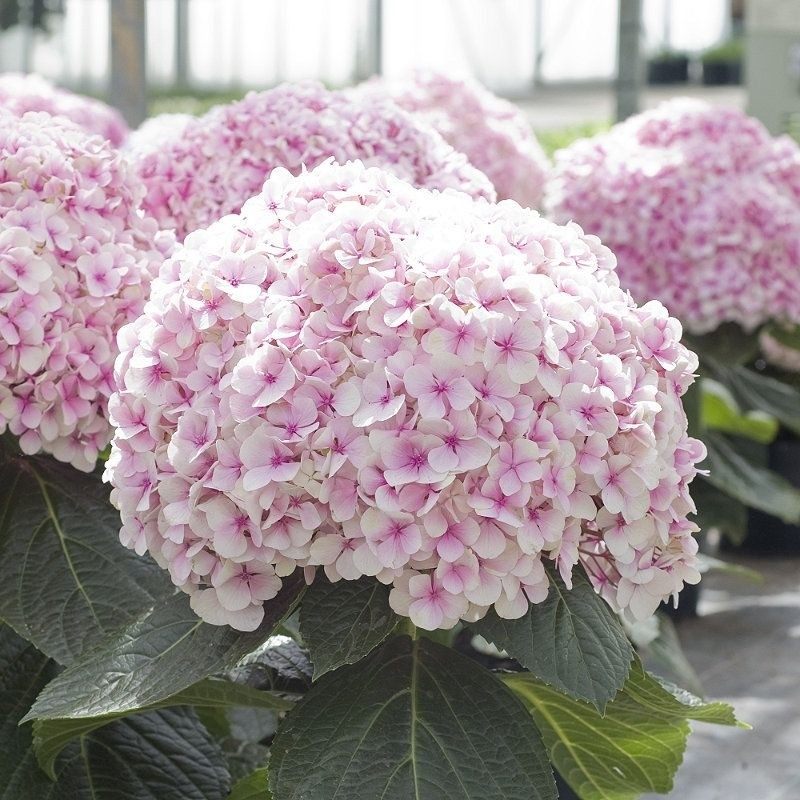
- Incrediball: This hydrangea is another variety that produces large, showy blooms. The flowers are typically a bright pink or blue, and they typically bloom in late summer or early fall.
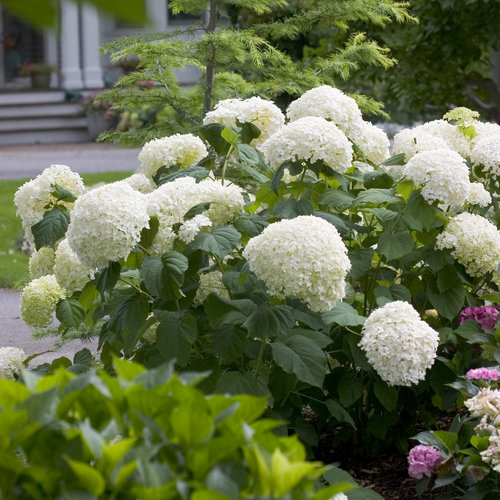
- Macrophylla: This is a classic type of hydrangea that is known for its large, mophead blooms. The flowers can be a variety of colors, including blue, pink, white, or purple. Macrophylla hydrangeas typically bloom in late summer or early fall.

- Quercifolia: This hydrangea is a bit different from the others on this list, as it has oak-shaped leaves. The flowers are typically a pale pink or white, and they typically bloom in late summer or early fall.
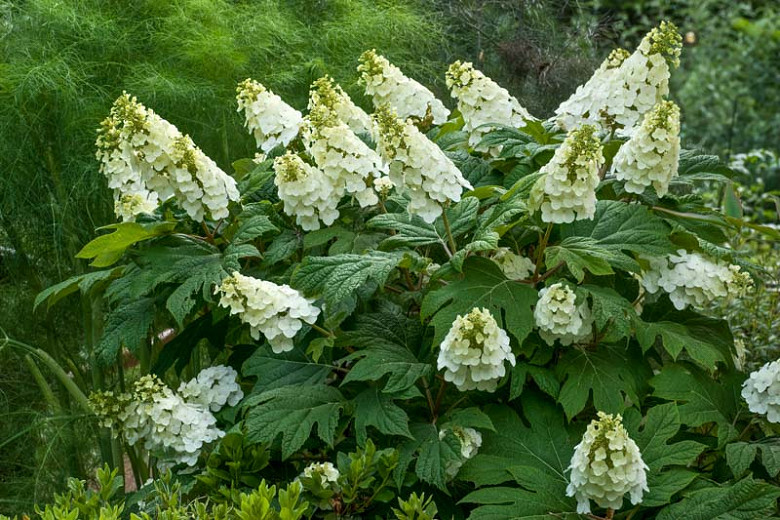
2. Caring for Extra Large Hydrangeas
Extra large hydrangeas are relatively easy to care for, but there are a few things you'll need to keep in mind.
- Sunlight: These plants need full sun or partial shade. Too much shade will result in smaller blooms, while too much sun can scorch the leaves.
- Water: Extra large hydrangeas need regular watering, especially during the summer months. Water deeply, and allow the soil to dry out slightly between waterings.
- Fertilizer: Fertilize your hydrangeas in the spring with a balanced fertilizer. You can also use a fertilizer specifically formulated for hydrangeas.
- Pruning: Extra large hydrangeas do not need to be pruned heavily. However, you should remove any dead, diseased, or damaged branches in the winter. You can also prune to shape the plant.
3. Where to Plant Extra Large Hydrangeas
Extra large hydrangeas are a great choice for a variety of locations in your garden. They can be planted in beds, borders, or even as standalone specimens.
If you're planting your hydrangea in a bed or border, be sure to give it enough space to grow. These plants can spread up to 10 feet wide, so you'll need to make sure they have room to spread out.
If you're planting your hydrangea as a standalone specimen, be sure to choose a spot that gets full sun or partial shade. You'll also need to make sure the soil is well-drained.
Conclusion
Extra large hydrangeas are a beautiful and versatile addition to any garden. With their large, showy blooms, they're sure to turn heads. If you're looking for a hydrangea that will make a big statement, then one of these extra large varieties is a great choice.
Are you looking for a way to add some extra beauty and color to your garden? If so, then you should consider planting an extra large hydrangea plant. These stunning plants can grow up to 6 feet tall and wide, and they produce large, colorful blooms that will be sure to turn heads.
There are many different varieties of extra large hydrangea plants available, so you can find one that is perfect for your garden. Some popular varieties include the Annabelle, Endless Summer, and Limelight hydrangeas.
If you are interested in learning more about extra large hydrangea plants, then I encourage you to visit the website . This website has a wealth of information about these amazing plants, including tips on how to care for them, where to plant them, and how to choose the right variety for your garden.
FAQ of extra large hydrangea plants
1. What are the different types of extra large hydrangea plants?
There are several different types of extra large hydrangea plants, each with its own unique characteristics. Some of the most popular varieties include:
- Panicle hydrangeas: These hydrangeas can grow up to 15 feet tall and 10 feet wide. They have large, conical clusters of flowers that bloom in late summer and early fall.

- Smooth hydrangeas: These hydrangeas can grow up to 10 feet tall and 8 feet wide. They have large, round clusters of flowers that bloom in late summer and early fall.

- Bigleaf hydrangeas: These hydrangeas can grow up to 8 feet tall and 6 feet wide. They have large, flat clusters of flowers that bloom in late summer and early fall.
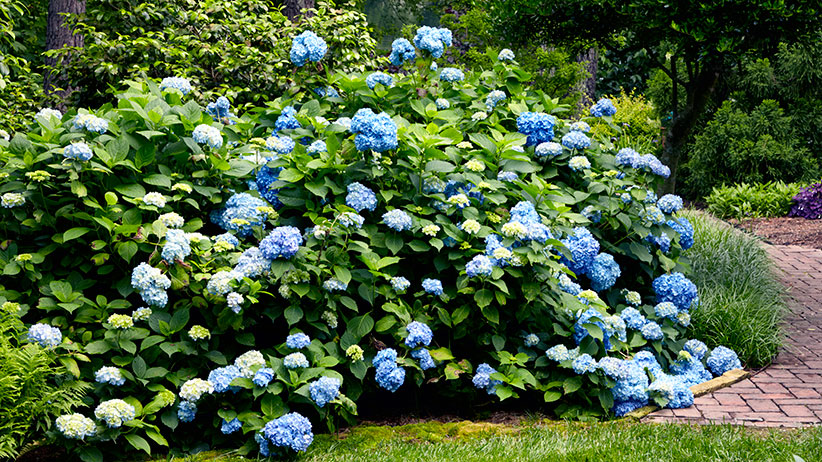
- Tree hydrangeas: These hydrangeas can grow up to 20 feet tall and 10 feet wide. They have large, flat clusters of flowers that bloom in late summer and early fall.
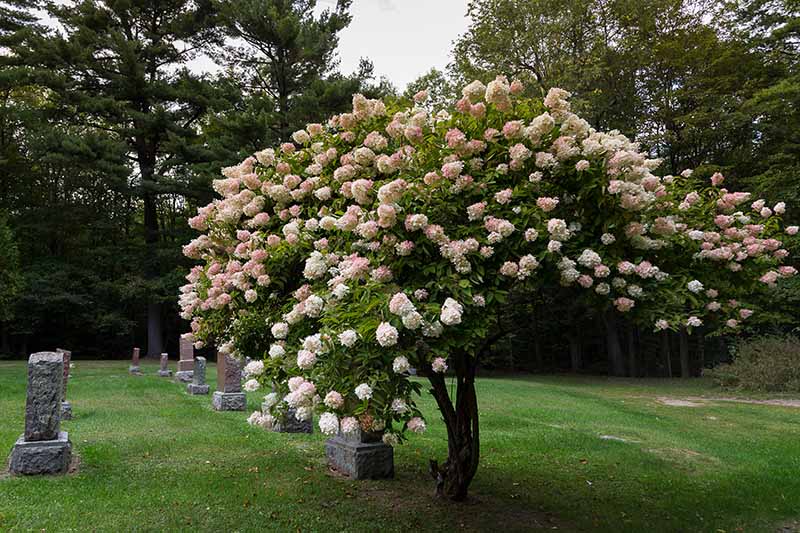
2. How do I care for extra large hydrangea plants?
Extra large hydrangea plants need full sun to partial shade and well-drained soil. They should be watered deeply once a week, and more often during hot, dry weather. Extra large hydrangea plants also need to be fertilized in the spring and fall.
3. What is the best way to prune extra large hydrangea plants?
Extra large hydrangea plants should be pruned in the spring, after they have finished blooming. Pruning should be done to remove dead, diseased, or damaged branches. You can also prune to shape the plant or to control its size.
4. What are the common problems with extra large hydrangea plants?
Some of the most common problems with extra large hydrangea plants include:
- Leaf spot: This is a fungal disease that causes brown spots on the leaves. It can be treated with a fungicide.
- Powdery mildew: This is a fungal disease that causes a white powdery coating on the leaves. It can be treated with a fungicide.
- Leaf scorch: This is a problem that occurs when the leaves are exposed to too much sun or heat. It can be prevented by planting the hydrangea in a location that gets partial shade.
5. What are the benefits of growing extra large hydrangea plants?
Extra large hydrangea plants are a beautiful addition to any garden. They are also relatively easy to care for, and they can provide years of enjoyment. Some of the benefits of growing extra large hydrangea plants include:
- Large, showy flowers: Extra large hydrangea plants produce large, showy flowers that are a beautiful sight to behold.
- Long blooming period: Extra large hydrangea plants bloom for several months, from late summer to early fall.
- Variety of colors: Extra large hydrangea plants come in a variety of colors, including blue, pink, white, and purple.
- Low maintenance: Extra large hydrangea plants are relatively low maintenance, and they can thrive in a variety of conditions.
Image of extra large hydrangea plants
- Panicle hydrangea: This type of hydrangea can grow up to 15 feet tall and 10 feet wide. It is known for its large, cone-shaped flowers that bloom in shades of white, pink, or blue.

- Smooth hydrangea: This type of hydrangea can grow up to 12 feet tall and 8 feet wide. It is known for its large, lacecap flowers that bloom in shades of white, pink, or blue.

- Incrediball hydrangea: This type of hydrangea is a cross between a panicle hydrangea and a smooth hydrangea. It can grow up to 10 feet tall and 6 feet wide. It is known for its large, round flowers that bloom in shades of white, pink, or blue.
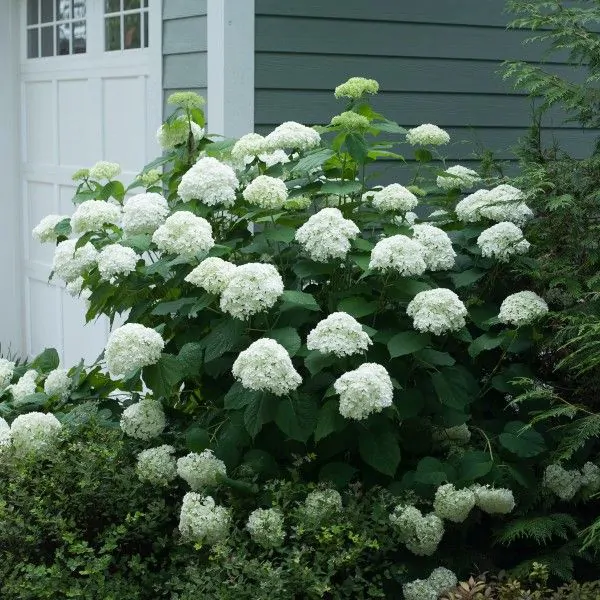
- Annabelle hydrangea: This type of hydrangea is known for its large, white flowers that bloom in late spring and early summer. It can grow up to 6 feet tall and 6 feet wide.
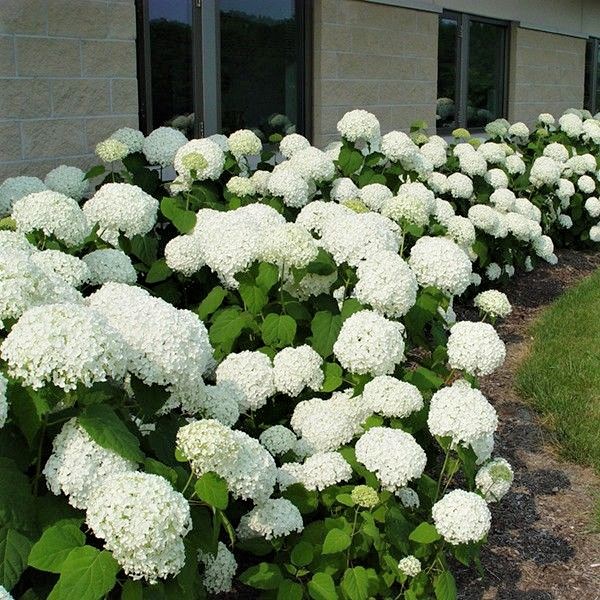
- Limelight hydrangea: This type of hydrangea is known for its large, lime green flowers that bloom in late spring and early summer. It can grow up to 6 feet tall and 4 feet wide.
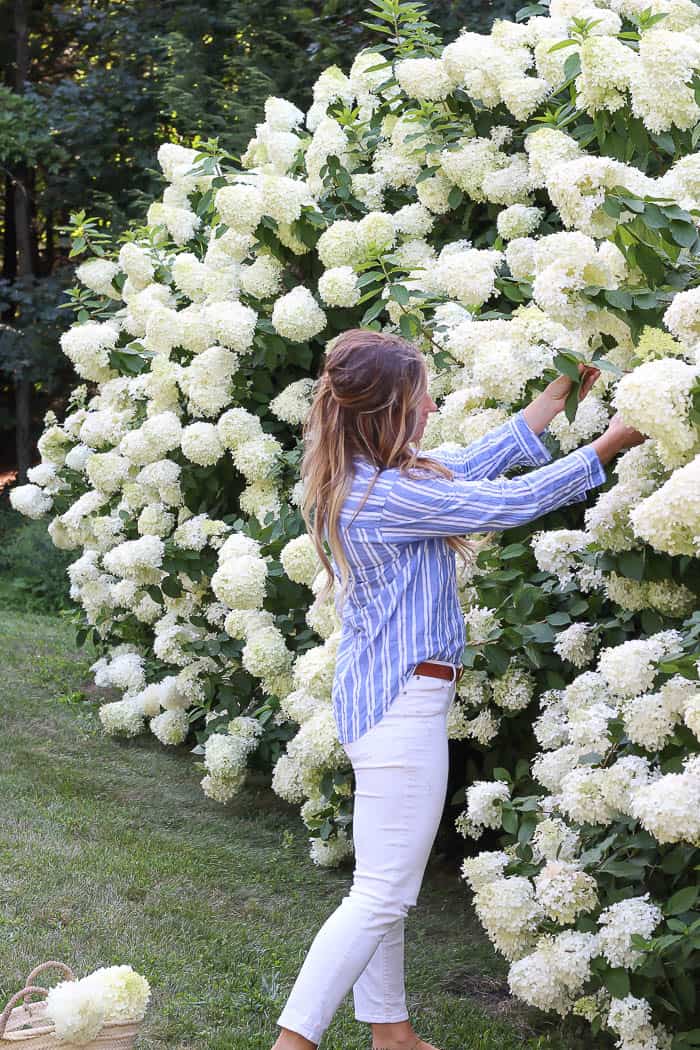
Post a Comment for " Extra Large Hydrangea Plants: The Showstoppers Of Your Garden "